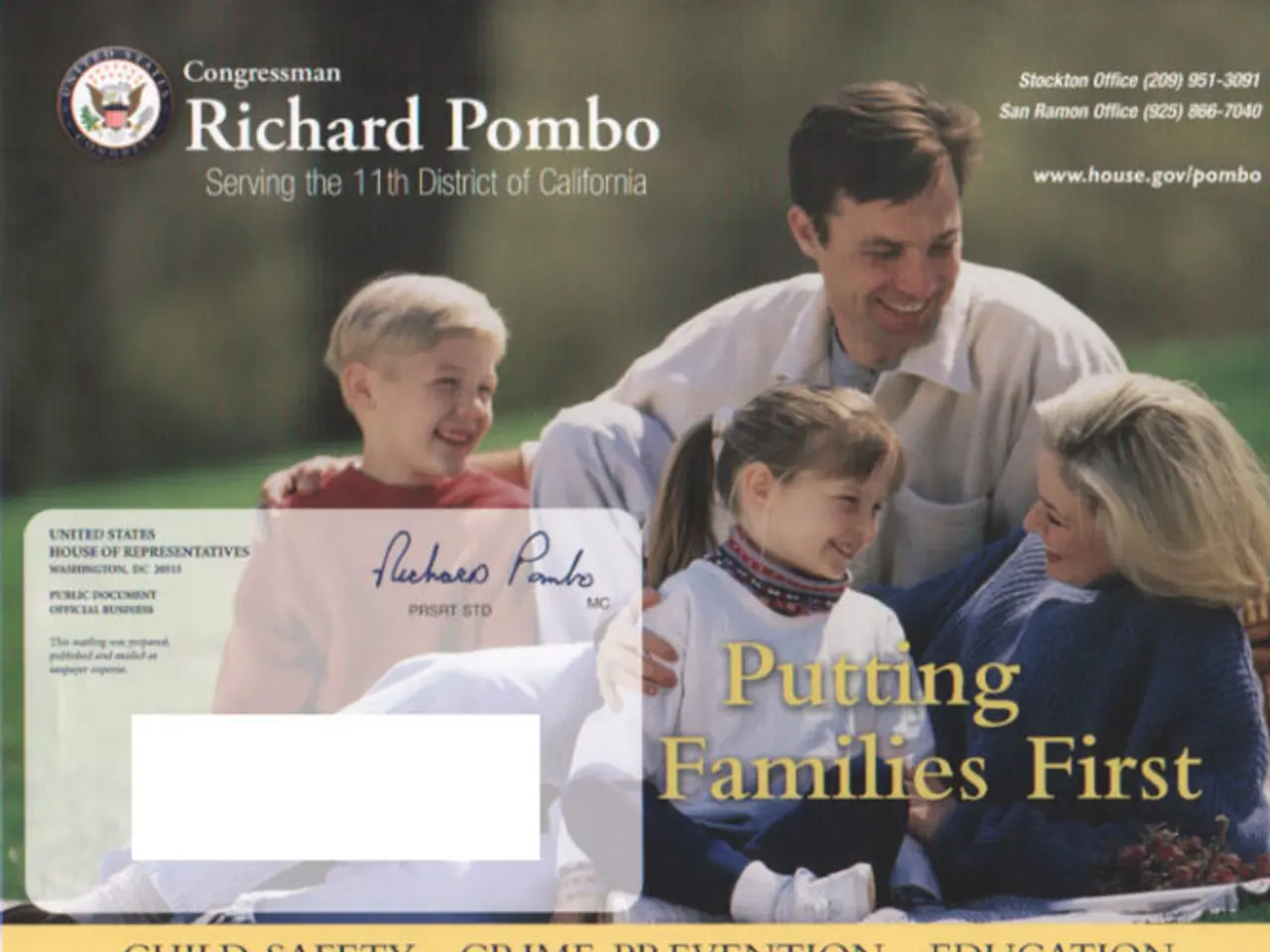Understanding the Concept of Rhythm in Music: Uncovering the Definition of Rhythm in Music
In the world of music, rhythm serves as the heartbeat, providing structure, movement, and expressiveness to melodies and harmonies. This article delves into the key elements that define rhythm in music and their contributions to the overall composition.
The beat is the steady pulse that underlies music, acting as the foundation by dividing time into equal segments. Beats can be strong (accented) or weak (unaccented), adding dynamics to the rhythm and helping structure the music into measures or bars. This organization gives music coherence and a sense of progression.
Tempo, the speed of the beat, measured in beats per minute (BPM), controls the energy level and mood of the music. A slow tempo evokes calmness or emotion, while a fast tempo generates excitement and energy. Tempo directly influences how listeners physically and emotionally respond to the piece.
Meter and time signature organize beats into repeating groups known as measures, defined by the time signature (e.g., 4/4, 3/4, 6/8). This grouping creates a rhythmic framework that shapes the overall flow and phrasing of the music. Different time signatures give music distinctive feels — for example, 3/4 time creates a lilting quality typical of waltzes, while 4/4 is common in most popular music and gives a balanced, straightforward rhythm.
Rhythmic patterns consist of the arrangement of sounds and silences in time. The specific placement of notes and rests creates rhythmic motifs or grooves that give music its unique character. Rhythmic complexity, such as syncopation (accents on unexpected beats), enriches the texture and keeps the listener engaged.
Together, these elements define the flow, movement, and expressiveness of a musical piece. Rhythm organizes sounds temporally, making music coherent and engaging, while also influencing how it makes listeners feel and move.
Rhythm's evolution across nations and genres reflects the cultural and historical context of music. The time signature, written at the beginning of a piece, indicates the number of beats in each measure and the note value that represents one beat. Common time signatures include 4/4, 3/4, and 6/8.
Polyrhythm, the simultaneous playing of two or more conflicting rhythms, produces a rich, layered texture in music. It is frequently used in African drumming, jazz, Indian classical music, and progressive rock.
Developing a good sense of rhythm can be achieved through active listening, practicing with a metronome, playing percussion instruments, subdividing beats, moving your body, practicing with backing tracks, recording practice sessions, and taking online music classes. Mastering rhythm requires patience, persistence, and continuous practice, but with time, staying on beat will become second nature.
Quincy Jones, a great producer and musician, once said, "Rhythm is the soul of life. The entire universe revolves in rhythm." Rhythm in music is more than just timing; it is the pulse that makes music come alive, shaping the listener's perception of timing and pulse.
Note durations, such as whole notes, half notes, quarter notes, eighth notes, and sixteenth notes, influence the overall feeling of a song, with slower compositions typically having longer note durations and fast-paced songs having shorter, faster notes. Syncopation, a rhythmic technique that places accents on offbeats or unexpected parts of a rhythm, adds complexity and excitement to a musical piece.
Rhythm is the cornerstone of all music, shaping melody, harmony, and movement, and giving each musical style a distinct personality. It is essential for listener engagement and meaningful musical expression.
Online music classes can help you develop a better understanding of rhythm in various genres. By learning about note durations such as whole notes, half notes, quarter notes, eighth notes, and sixteenth notes, you can create your own rhythmic patterns. Audio blogs and articles on education-and-self-development and entertainment can offer insights into different musical styles and rhythmic techniques, like syncopation, which places accents on offbeats or unexpected parts of a rhythm.
Mastering rhythm involves practicing with a metronome, playing percussion instruments, and subdividing beats. You can take it further by moving your body to the rhythm, using backing tracks for practice, recording your sessions, or even live streaming performances online. Being consistently on the beat becomes second nature with continuous practice.
As Quincy Jones once said, "Rhythm is the soul of life. The entire universe revolves in rhythm." This perspective highlights the significance of rhythm in music, art, lifestyle, and even our daily lives. Rhythm provides the foundation, movement, and expressiveness that keeps music engaging and coherent, making it a fundamental aspect of music education and self-development.




